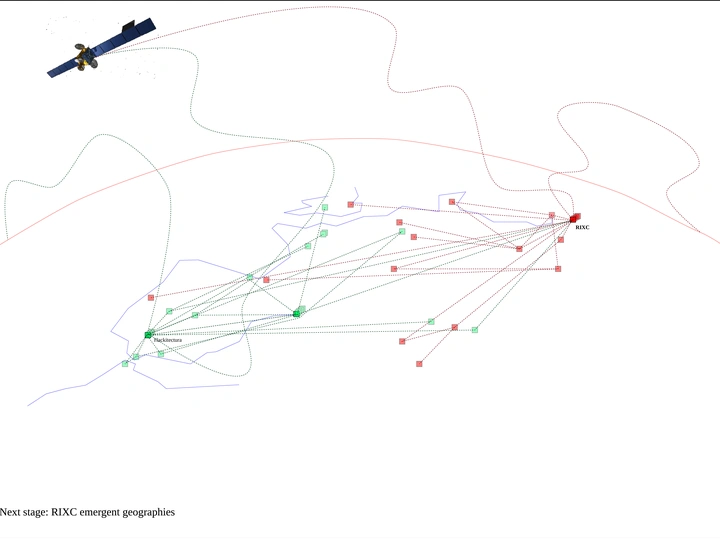Emergent Geographies of Memories

Paula Fernández
Veronika Huber
Tim Nolan
José Sánchez-Laulhé
My interest in participating in LINA stems from the scarcity of proposals for open profiles like mine in conventional calls. Although my university education is in the field of architecture, I have tried not to limit myself to a specific discipline but have instead moved between different areas. Even in architecture school, I was clear about the importance of caring for the planet and I did several speculative projects on cities that become water reserves or my final project, which was situated in an aquifer in Malaga (influenced by Latour). The inability of environmental groups to connect with population trends led me to study Foucault and the concept of biopolitics (my research project was titled "Open Notes on Biopolitics and Territory").
At emerges I organized the first Pecha Kucha nationally in Seville (as a student), a format for transferring knowledge. I also joined the collective of artists, architects, and programmers called Atoms and Bits, which was linked to collectives like Hackitectura or N-1 social network. In London, I worked at Alex Haw's studio (Atmos Studio). During those years, I came into contact with digital fabrication, of which I became an expert in the following years, mainly seduced by its distributive aspect: if files can be shared on global networks, manufacturing can be undertaken in local environments, changing our production logic – and that, in some way, would also transform our territories. I also grappled with the idea of what it meant to industrialize historic centers, which was already being monopolized by tourist interests, with Ehcofab and, now, T11. The versatility of interests is also evident in my work at the state meteorological agency.
I can contribute the experience of having worked on the external and internal limits of the discipline to imagine other possible territories. Additionally, I have experience in collective work to implement the work of colleagues in a way that ensures coherent and quality production.
My research work in recent years has been focusing on how memory is being transformed as a result of its storage transferring to the network. This interest expanded when I did my PhD on the Hackitectura, a collective of artists, architects, and programmers that emerged in Seville at the beginning of the 21st century. Their production lasted until 2010, passing through several of the main European cultural and artistic centers. However, when I started my research on them five years ago, there was hardly anything online. If Hackitectura's work, with all its online production, had disappeared, the same had happened with all the contemporary projects. My thesis transformed to unveil the ecology of the practices of which Hackitectura was part, understanding them as part of an ecosystem and not as solitary geniuses.
But this situation continues to extend to the present day and has consequences. It continues to spread because these digital platforms thrive on views, for advertising money, and data. Therefore, initiatives that do not have enough strength will tend to be invisible over time. They should be an important part of our imaginations, but the fact that many only have a digital presence causes them to fade away when this footprint fades. It is one of the implications derived from the fact that the current network is far from being a democratic and transversal space. In recent years, I have been involved in various initiatives related to memory in the city, seeking to enhance those other forms of transmission that do not necessarily rely on the internet, such as La Digitalizadora. Recent technopolitical transformations have brought changes to our cities that have harmed our sense of community, affecting our capacity for collective action and making demands such as actions against the climate crisis seem very marginal. Architects and urban planners must act to create alternative spaces for the transmission of the complex culture that gives meaning to our cities.